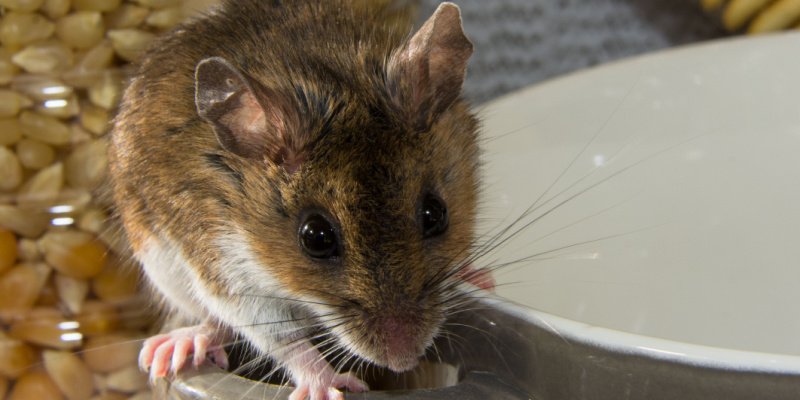Having rodents in your home can be a nightmare. Not only are rodents unsightly, but they can also spread diseases and cause extensive damage to your property. Therefore, it is essential to take proactive steps to prevent a rodent problem before it becomes too difficult to manage. In this article, you will learn about the common problems of a rodent infestation and practical ways to keep them out of your home.
Property Damage & Fire Risk
Rodents are notorious for gnawing on electrical wires, which can cause fires. They also damage walls, floors, and insulation as they burrow into buildings in search of food and shelter.
Environmental Problems
The presence of rodents can also have a negative impact on the environment. They can disrupt ecosystems by eating native plants and animals and also carry diseases that can affect other wildlife.
Disease
Rodents are also known to carry several diseases that can be transmitted to humans, including Salmonella, E. coli, and the Hantavirus. They can also carry fleas and ticks, spreading disease to people and pets.
Economic Impact
The economic impact of rodents can be significant. They can damage crops, causing farmers to lose money. They can also damage equipment and other property, leading to costly repairs. In addition, the presence of rodents can make it difficult for businesses to operate, leading to lost revenue and increased costs.
Several steps can be taken to control rodent populations:
- Identify Entry Points Identifying the entry points of rodents is essential for preventing an infestation from occurring and avoiding costly repairs. Start by inspecting all potential entry points around your home’s exterior. This includes any cracks or holes in siding, foundations, attics, crawlspaces, and vents that lead into the house. Be sure to check around door frames and windows, too, since rodents are small enough to fit through incredibly narrow spaces. Next, inspect the inside of your home for signs of rodent activity, such as droppings near food sources or chewed wiring. Rodents will also create nests in dark corners or behind large appliances like refrigerators where it's peaceful and warm.
- Eliminate Food Sources Next, eliminate the food, water, and shelter sources that attract rodents to a specific area. This can be done by keeping food in tightly sealed containers, fixing leaks, and removing piles of debris from around the property.
- Use Traps & Baits Another effective control method is the use of traps and baits. There are a variety of traps and baits available, including snap traps, glue boards, and poisoned bait. It is vital to use the correct type of trap or bait for the specific rodent being controlled and to follow the instructions carefully to avoid any risks to humans or pets.
- Deterrents & Repellents In addition to these control methods, several chemical control options are available, including rodenticides and repellents. However, using these products carefully and responsibly is essential, as they can pose a risk to people, pets, and the environment if not used correctly.
- Call in the Professionals Professional pest control services are also available to help control rodent populations. These services use a combination of inspection, elimination of attractants, and traps and baits to control rodent populations effectively.
In conclusion, rodents are a common problem that can cause a range of issues for people. However, some steps can be taken to control rodent populations, including eliminating attractants, using traps and baits, and seeking professional pest control services. Professional pest control companies like All Pest Solutions will come alongside your family to help you eliminate these pesky rodents for good. By taking these steps, people can protect their health and property from the negative impacts of rodents.

